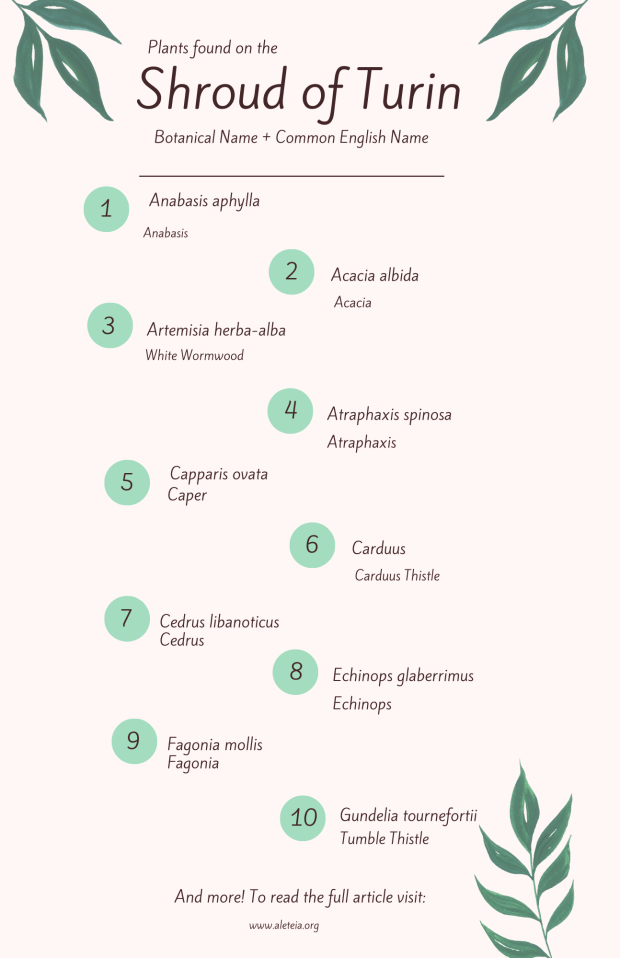In the past, in Christian art and pious legends, thorny plants have symbolized suffering. The most familiar example, is, of course, Christ's Passion, when he wore a crown of thorns on the Cross.
Thorns carry several meanings -- they can also represent moral courage, endurance, victory, protection, salvation, and conquering adversity.
Thorns and their meaning
The Cardoon or Artichoke Thistle (Cynara cardunculus) stems are recorded in Greek and Roman cuisine. They remained a popular food throughout the region until the 19th century. In art, the plant alludes to man’s need to labor for his food after the expulsion from Eden, and as such to labor through his inclination to sin to achieve the food of salvation — Jesus.
An easily recognized thistle is the Scottish thistle (Onopordum acanthium), which is symbolic of protection. It is said that armies invading Scotland were thwarted by this plant's defensive nature. The Order of the Thistle was founded in 1540 by King James V, who created it for himself and 12 of his knights, “in allusion to the Blessed Savior and his Twelve Apostles.”
In a pious legend of King Charlemagne, it is said that his army was dying of the plague when an angel appeared to him in a dream and told him to shoot an arrow into the air and whatever plant the arrow landed upon, he was to feed his soldiers with. Charlemagne did as the angel instructed; his arrow landed in a patch of milk thistle (Silybum marianum), thereafter renamed Holy Thistle. He had all his men eat the plant, and all were saved and continued the holy fight for Christianity.
Historically the Benedictine monks grew the Blessed Thistle (Cnicus benedictus) as a cure-all; it was believed to be especially effective in curing smallpox. It is a yellow-flowered thistle that has been used medicinally — for internal and external ailments — for over 2,000 years.
Thorns and flowers on the Shroud of Turin
We have read in the Bible that the torture endured by Our Lord during his Passion began with cruelty at the hands of Pilate’s soldiers. It was those brutes that gave Our Lord his first crown — that of thorns — which became, along with the cross, a symbol of victory over evil. Here is where we come to know the most notorious of all thistles, the Carduus and the Gundelia tournefortii, the thistles found on the Shroud of Turin.

Experts in the natural sciences began examining the shroud toward the end of the 19th century. Botanical experts on the research team found the imprints of plants and grains of pollen that can serve as seasonal and geographic indicators.
Four plants on the shroud are significant because, as researchers Danin and Baruch report, “the assemblage … occurs in only one rather small spot on earth, this being the Judean mountains and the Judean Desert of Israel, in the vicinity of Jerusalem.”
These experts succeeded in identifying 36 species of plants on the shroud. They discovered that almost all of the flower images remaining on the cloth, and the highest concentration of pollens, were where the head of the corpus would have been lying. (Editor's note: See the author's The Catholic Gardener’s Spiritual Almanac, 149-151, for more on this subject.)
The botanists found several factors of particular interest to those studying, even doubting, the authenticity of the shroud. These are some of their findings:

During Lent we look to where our weaknesses are, the “thorn in our side” that calls us to dependence on Our Lord — whose first crown was worn while enduring suffering for the sake of us.



